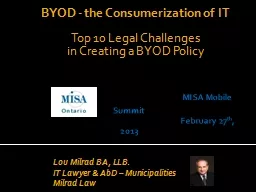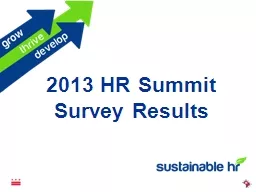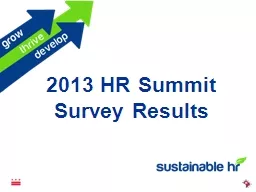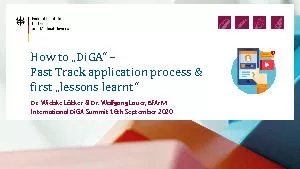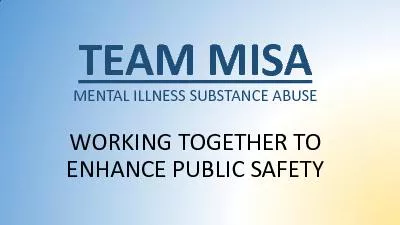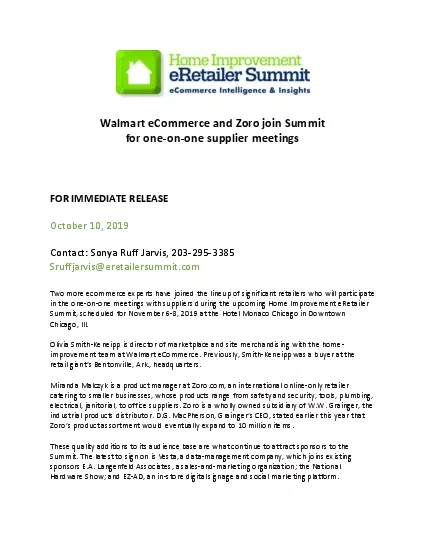PPT-MISA Mobile Summit
Author : collectmcdonalds | Published Date : 2020-08-27
February 27 th 2013 BYOD the Consumerization of IT Top 10 Legal Challenges in Creating a BYOD Policy Lou Milrad BA LLB IT Lawyer amp AbD Municipalities
Presentation Embed Code
Download Presentation
Download Presentation The PPT/PDF document "MISA Mobile Summit" is the property of its rightful owner. Permission is granted to download and print the materials on this website for personal, non-commercial use only, and to display it on your personal computer provided you do not modify the materials and that you retain all copyright notices contained in the materials. By downloading content from our website, you accept the terms of this agreement.
MISA Mobile Summit: Transcript
Download Rules Of Document
"MISA Mobile Summit"The content belongs to its owner. You may download and print it for personal use, without modification, and keep all copyright notices. By downloading, you agree to these terms.
Related Documents

